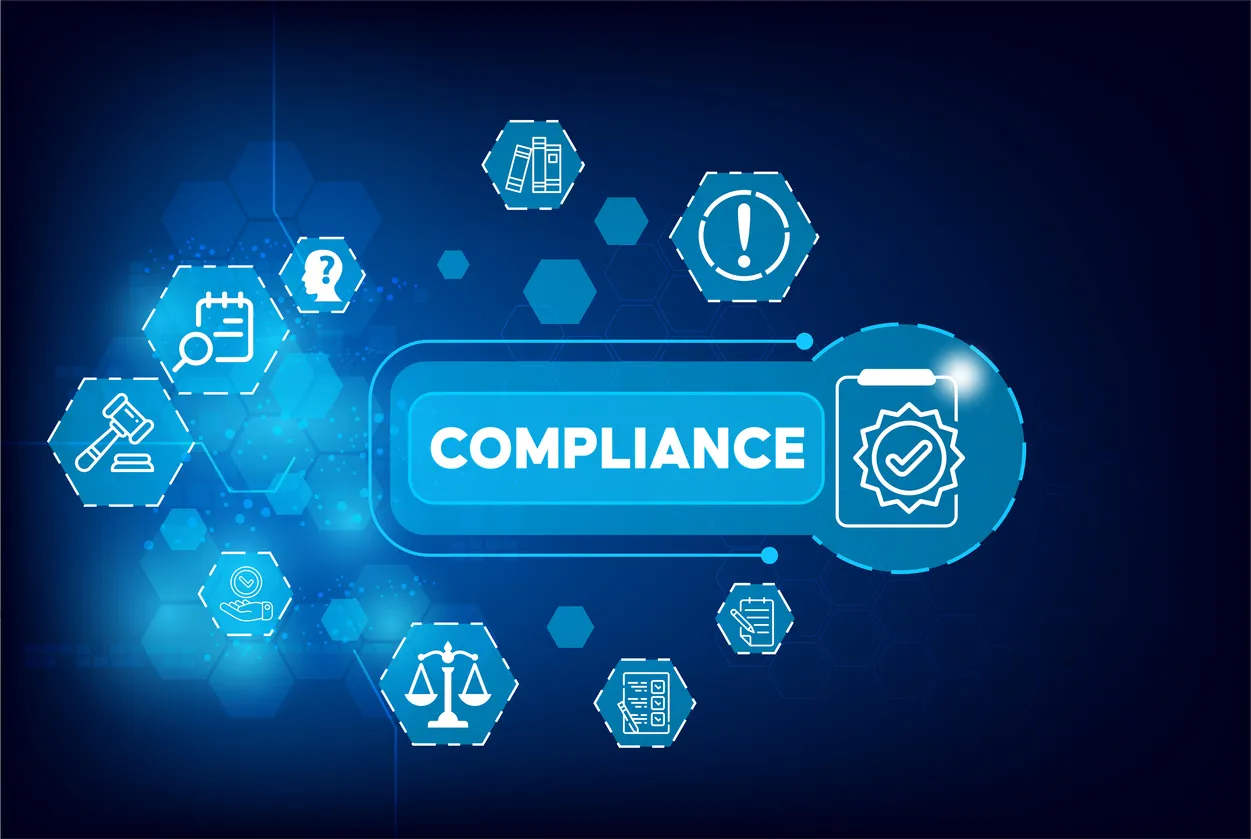Organisations may encounter several challenges when implementing circular IT practices, including resistance to change, lack of awareness, and insufficient resources. Employees may be accustomed to traditional disposal methods, making it difficult to shift towards a circular approach. Additionally, the complexity of managing diverse IT assets and ensuring compliance with regulations can pose significant hurdles. To overcome these challenges, organisations should invest in training, foster a culture of sustainability, and collaborate with experts in circular IT to streamline the transition.





